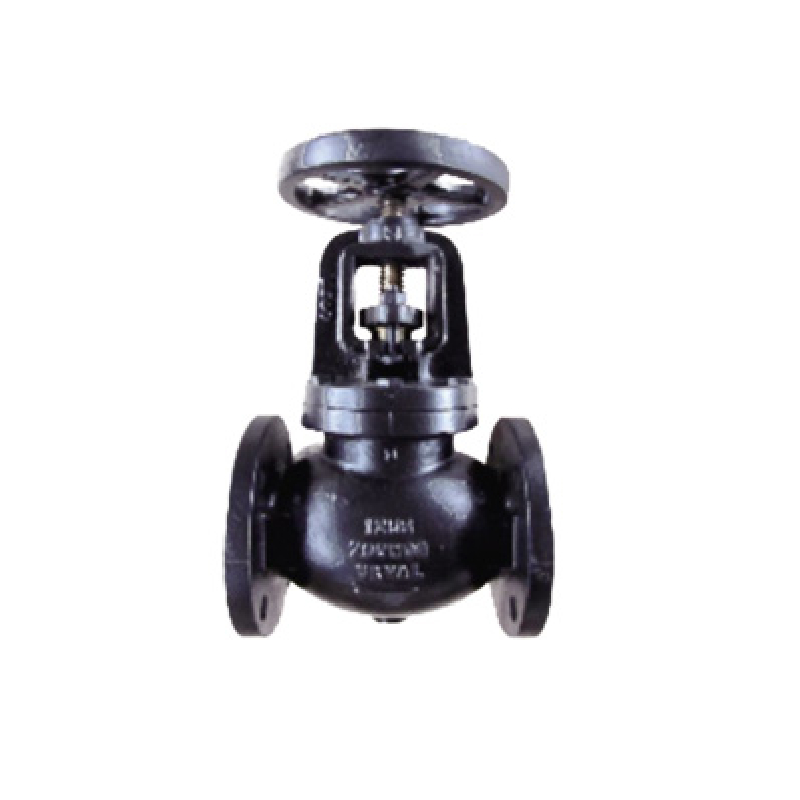دېكابىر . 11, 2024 11:37 Back to list
rubber expansion joint flange type
Understanding Rubber Expansion Joint Flange Types
Rubber expansion joints have become a crucial component in various piping systems, providing flexibility, vibration absorption, and thermal expansion accommodation. Among the different designs available, flange types stand out due to their versatility and ease of installation. This article delves into the various aspects of rubber expansion joint flange types, their benefits, and their applications.
What is a Rubber Expansion Joint?
A rubber expansion joint is a flexible connector designed to absorb movements and vibrations in piping systems. It compensates for thermal expansion, contraction, and settlement while preventing stress on the joints and pipes. These joints are typically made of elastomers, which provide excellent durability and flexibility, making them suitable for a wide range of applications.
Flange Types Explained
Rubber expansion joints come in various designs, with flange connections being one of the most popular. Flanges offer a secure and leak-proof connection that can easily be integrated into existing systems. Here are the main types of flange configurations used with rubber expansion joints
1. Flat Flange This is the simplest type of flange, featuring a smooth surface that allows for easy attachment to existing piping. Flat flanges are typically used in low-pressure applications and where space is limited. Their ease of installation makes them a popular choice for many industries.
2. Raised Face Flange As the name suggests, this type features a raised area that enhances the sealing surface for better leak prevention. Raised face flanges are commonly used in applications that involve higher pressures and temperatures, providing a more reliable connection than flat flanges.
3. Lap Joint Flange This type consists of a loose backing flange and a stub end, allowing for easy disassembly. Lap joint flanges are designed for applications where frequent maintenance is expected, making them convenient for piping systems that require regular inspection or service.
4. Socket Weld Flange Although not as common with rubber expansion joints, socket weld flanges can be used in high-pressure situations. They involve welding the pipe into a socket on the flange, providing a strong and durable connection, ideal for rigid systems.
5. Combination Flange This innovation integrates multiple flange styles to cater to unique installation requirements. Combination flanges can accommodate various piping designs and offer significant versatility in mechanically joining rubber expansion joints to different systems.
rubber expansion joint flange type

Advantages of Using Rubber Expansion Joint Flange Types
The use of rubber expansion joints with flange types comes with numerous benefits
- Flexibility Rubber expansion joints allow for lateral and angular movements, making them ideal for systems that experience vibration, thermal expansion, or ground movement. - Vibration Dampening The rubber material absorbs vibrations, reducing the transmission to adjacent structures and equipment, which can prolong their lifespan.
- Leak Prevention The secure flange connections minimize the risk of leaks, crucial for maintaining the integrity of the fluid being transported.
- Ease of Installation Flanged connections make the installation process faster and simpler, as they do not require specialized tools or extensive modifications to existing pipelines.
- Corrosion Resistance Many rubber materials are resistant to corrosion and chemicals, providing suitability in diverse environments, including wastewater treatment, chemical processing, and HVAC systems.
Applications
Rubber expansion joint flange types are widely used in various industries, including
- Water and Wastewater Treatment To manage flow variations and vibrations in treatment plants. - HVAC Systems To accommodate thermal expansion and contraction in heating and cooling systems. - Chemical Processing To handle aggressive fluids while absorbing vibrations.
Conclusion
In conclusion, rubber expansion joint flange types play an essential role in modern piping systems. Their ability to accommodate movement, prevent leaks, and simplify installation makes them indispensable in various industrial applications. By understanding the different flange types and their benefits, engineers and system designers can make informed choices that enhance the performance and longevity of their piping systems. As industries continue to evolve, the importance of flexibility and reliability in piping solutions will remain a priority, ensuring the demand for rubber expansion joints stays strong.
Share
-
Reliable Wafer Type Butterfly Valves for Every IndustryNewsJul.25,2025
-
Reliable Flow Control Begins with the Right Ball Check ValveNewsJul.25,2025
-
Precision Flow Control Starts with Quality ValvesNewsJul.25,2025
-
Industrial Flow Control ReliabilityNewsJul.25,2025
-
Engineered for Efficiency Gate Valves That Power Industrial PerformanceNewsJul.25,2025
-
Empowering Infrastructure Through Quality ManufacturingNewsJul.25,2025